I’m working on repainting some ceilings in a late 40s home. There are several places where the paint was flaking away. The flaking doesn’t appear to be the result of any water leaks or a failure of the lathe / plaster, but more by a poor priming coat and age. The lath and plaster is level, smooth and in good shape. I spent a lot of time scraping away the loose paint but what started as a one square foot area of flaking paint quickly turned into 2 to 3 square feet because it all seemed to loosen up once I started to scrape. I scraped all the way to the edge of where the top coat became solid. Solid paint being, paint that is adhering very well now and to scrape it off would mean to damage the plaster. My problem now is leveling or feathering the scraped area to an even layer with the old top coat. If I were to paint the ceiling now the scraped area will shadow thru the final coat. My first thought to “smooth†this out was to plaster the edges but with only the thickness of the top coat (about a 32nd of an inch) it didn’t work well. The scraped area was still noticeable. Then I tried just sanding the edge of the top coat to feather it in but that didn’t do the trick either because the scraped area’s shape is very irregular. After sleeping on it, I have thought to prime just the scraped area first and use that layer of fresh paint to level it down and then prime and repaint the entire ceiling with one or two overall coats. What do you think? How do the professional painters smooth out these or other blemishes?
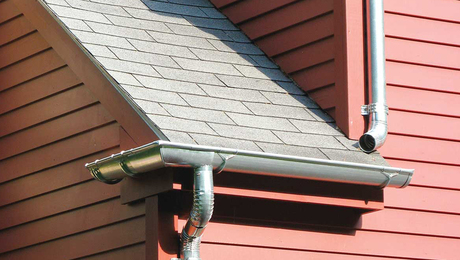
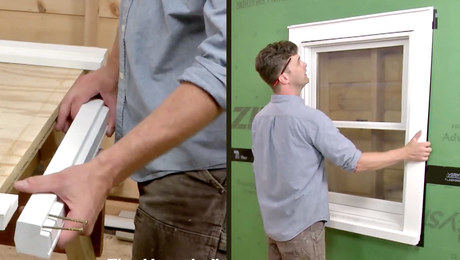
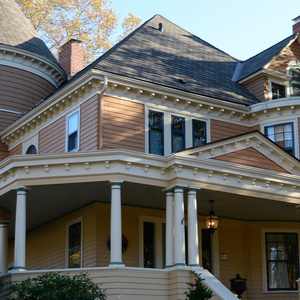

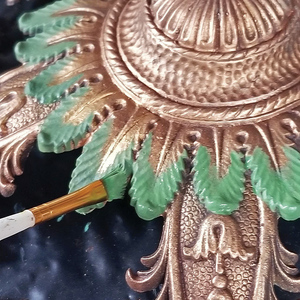
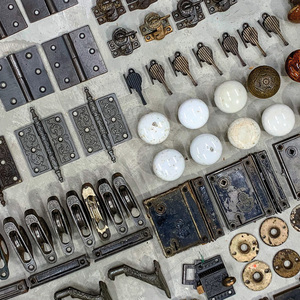







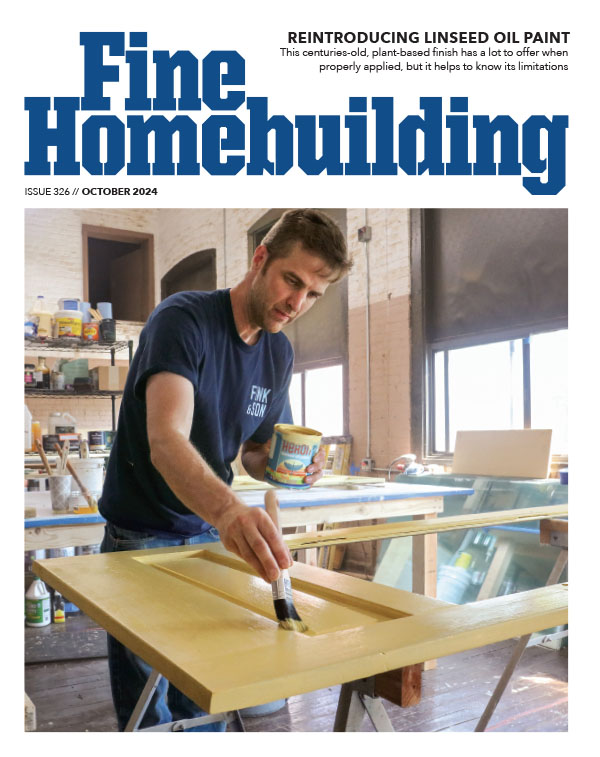





Replies
Pro painters that I know would smooth this out by sanding. But you have to sand the edge till it's not an edge anymore. If you can still see it or feel it, then you have more work to do.
When I did the ceilings in the last house I owned (1917 craftsman), I simply added a layer of drywall to the ceilings. Although it might seem like too much work, I think it beat sanding all those paint edges and ceiling-paper scraps.
Do you have any reason to beleive that calcimine paint might be under that layer that peeled? If so, it may cause problems getting your new paint and/or joint compound to adhere for the long term also.
Other options beyond applying new drywall or sanding down all the edges might be.......
If you'd be willing to use some sand additive in the new paint, it could likely hide those "steps" at the edges of the peeled areas......
or skim the entire ceiling with joint compound......
or spraying the ceiling would probably offer easier manipulation of the coat and consequently a better "hide" in those areas.
For something of that vintage, calcimine paint is the problem, IMO.
Scrape
Sand
Wash
Wash
Wash
Prime with specialty calcimime sealover
Then skim coat if needed.
Now you are ready for painting to begin
Excellence is its own reward!